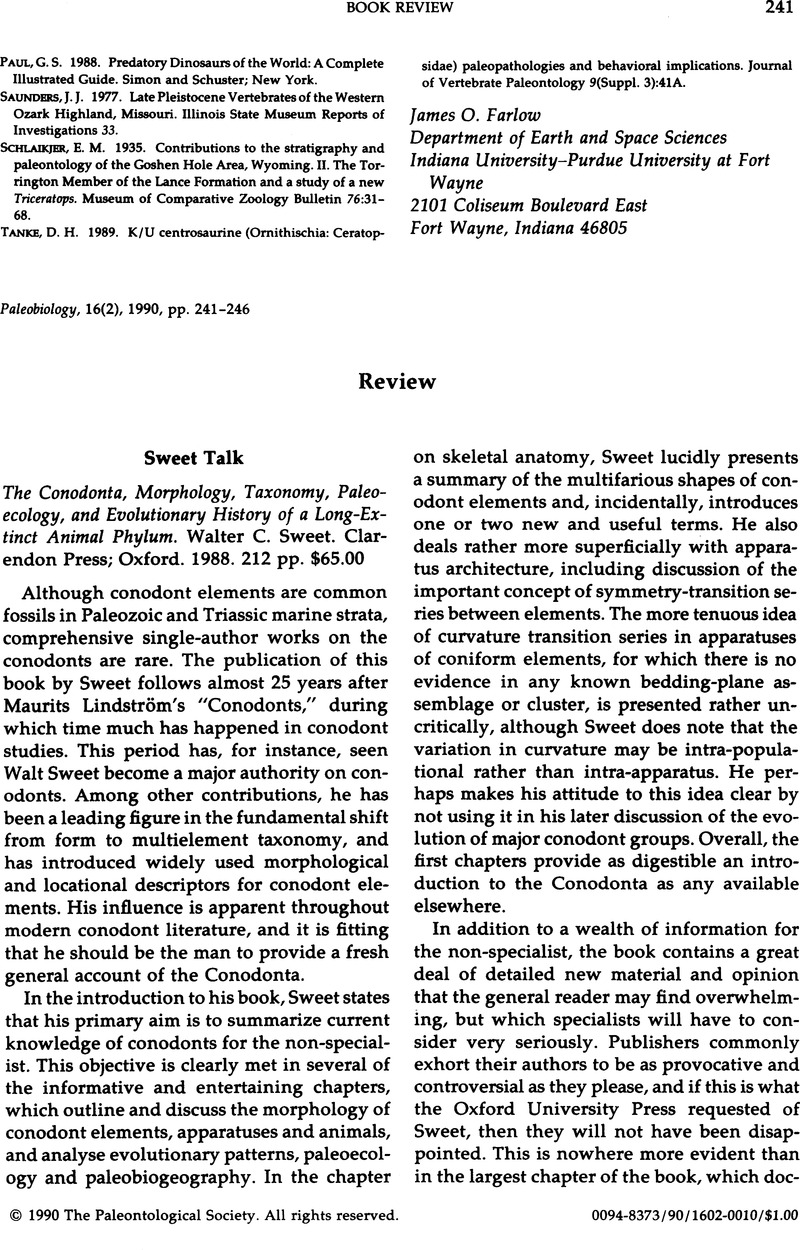Crossref Citations
This article has been cited by the following publications. This list is generated based on data provided by Crossref.
Briggs, Derek E.G.
and
Kear, Amanda J.
1993.
Decay of
Branchiostoma
: implications for soft‐tissue preservation in conodonts and other primitive chordates
.
Lethaia,
Vol. 26,
Issue. 4,
p.
275.
1993.
The anatomy of conodonts.
Philosophical Transactions of the Royal Society of London. Series B: Biological Sciences,
Vol. 340,
Issue. 1294,
p.
405.
Larouche, Olivier
Zelditch, Miriam L.
and
Cloutier, Richard
2017.
Fin modules: an evolutionary perspective on appendage disparity in basal vertebrates.
BMC Biology,
Vol. 15,
Issue. 1,
Larouche, Olivier
Zelditch, Miriam L.
and
Cloutier, Richard
2019.
A critical appraisal of appendage disparity and homology in fishes.
Fish and Fisheries,
Vol. 20,
Issue. 6,
p.
1138.





